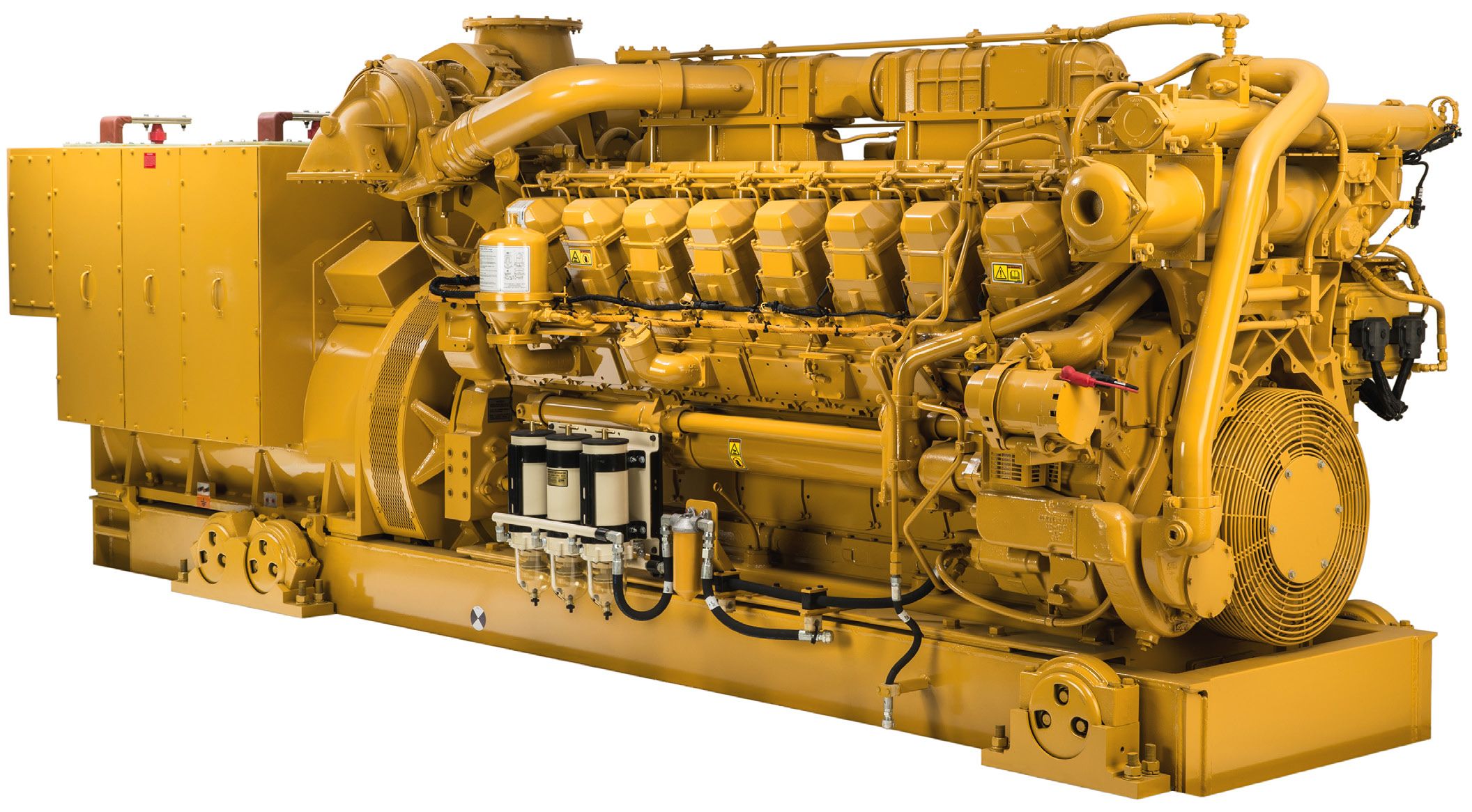The Mission for Ultimate Driving Power: Examining the Pinnacle of Engine Efficiency and Technological Breakthroughs in the Automotive Industry
In the world of auto engineering, the quest of maximum driving power has actually been a relentless quest that has unfolded with the evolution of engine design and the integration of cutting-edge modern technologies. From the meticulous workmanship of burning engines to the fast innovations in electric propulsion systems, the vehicle industry stands at the cusp of a brand-new period defined by extraordinary efficiency abilities.
Development of Engine Design

Moreover, the integration of turbocharging and turbo charging technologies has actually revolutionized engine layout by enhancing power without considerably raising engine dimension. These forced induction systems compress the intake air, permitting for more fuel to be combusted, thereby creating higher power output from a smaller engine. This advancement has actually been particularly essential in enhancing the efficiency of smaller variation engines while keeping fuel effectiveness standards.

Performance-Enhancing Fuel Technologies
The implementation of sophisticated gas technologies has actually substantially added to improving engine performance in modern lorries. From conventional gas and diesel to ingenious biofuels, artificial fuels, and hydrogen, the vehicle market is observing a revolution in gas alternatives. Biofuels, derived from sustainable sources like algae, corn, or sugarcane, deal reduced discharges and enhanced engine performance. Artificial gas, created with chemical procedures, provide high octane scores, boosting power result. Hydrogen fuel cells, although still in the very early stages of adoption, reveal excellent promise due to their zero-emission nature and potential for high efficiency. Additionally, fuel additives and detergents are being created to tidy engine parts, optimize burning, and lower friction, consequently enhancing total vehicle performance. With ongoing study and growth, the pursuit for the best driving power continues, as engineers aim to open the complete potential of performance-enhancing gas technologies in the automotive market.
Advancements in Electric Propulsion
Substantial strides in electric propulsion innovation have actually reinvented the automobile sector, leading the way for a brand-new era of lasting and efficient transport. Electric cars (EVs) are gaining appeal as a result of their ecological benefits and advancements in battery innovation, making it possible for longer driving varieties and much shorter charging times. Producers are investing greatly in Check This Out r & d to boost the efficiency of electrical propulsion systems, concentrating on increasing power outcome, enhancing energy performance, and lowering general weight.
One noteworthy advancement in electric propulsion is the development of advanced electrical motors that provide greater torque and power thickness, leading to enhanced velocity and general driving efficiency. In addition, regenerative stopping systems have actually been fine-tuned to store and record power during slowdown, more enhancing the efficiency of EVs.
In addition, the assimilation of wise innovations, such as expert system and anticipating analytics, is enhancing the management of electric propulsion systems, ensuring optimal efficiency under various driving problems. These improvements in electric propulsion are improving the auto landscape, driving the market in the direction of a much more lasting and energized future.
Influence of Computational Fluid Dynamics
With improvements in electrical propulsion pressing the boundaries of automotive innovation, the integration of Computational Fluid Dynamics is playing a critical function in maximizing aerodynamic performance and improving total efficiency in automobile design. Computational Liquid Dynamics (CFD) includes the usage of computer system simulations to analyze the circulation of air around a lorry, enabling designers to anticipate how style modifications will impact aerodynamics without the need for costly physical models. By accurately modeling air movement patterns, CFD enables the improvement of automobile forms to reduce drag, enhance air conditioning, and enhance stability.
CFD allows engineers to maximize airflow around parts such as radiators, engine bays, and wheel wells, adding to improved performance and total driving experience. In final thought, the integration of Computational Liquid Characteristics represents a significant step forward in the quest for best driving power and performance in the auto industry.
Future Patterns in Engine Technology
In the vibrant landscape of vehicle design, cutting-edge advancements are shaping the future trajectory of engine development. The future of engine style is marked by a solid emphasis on sustainability, efficiency, and performance. Suppliers are increasingly read here focusing on creating engines that check these guys out not only provide high power results however additionally prioritize ecological duty by lowering exhausts and boosting gas efficiency.
One famous fad in engine advancement is the rise of electrification. Hybrid and electrical powertrains are acquiring traction as viable alternatives to conventional combustion engines. These technologies supply the potential for substantial reductions in carbon discharges and raised power effectiveness, lining up with worldwide initiatives to combat environment modification.
Additionally, improvements in products science and manufacturing techniques are making it possible for the production of lighter and much more durable engine parts. This change in the direction of light-weight products such as carbon fiber and light weight aluminum alloys adds to improved efficiency and fuel economic situation.
Conclusion
Finally, the search of best driving power in the auto market remains to drive advancements in engine design, fuel technologies, electric propulsion, and computational fluid characteristics. The advancement of these innovations is shaping the future of engine technology, leading the way for extra powerful and efficient lorries (engines for africa). As the industry remains to press the borders of what is feasible, we can anticipate to see also much more cutting-edge developments in the quest for peak performance
One of the vital milestones in engine design advancement is the shift from traditional carbureted engines to modern-day fuel-injected systems. By specifically metering the fuel shipment to each cyndrical tube, fuel-injected engines maximize burning, resulting in better performance and decreased ecological effect.
Additionally, the integration of turbocharging and supercharging modern technologies has revolutionized engine style by increasing power without dramatically boosting engine size (engines for africa).The execution of sophisticated gas innovations has considerably added to improving engine efficiency in modern-day lorries. Additionally, gas additives and detergents are being created to tidy engine elements, maximize burning, and minimize rubbing, consequently increasing overall automobile performance